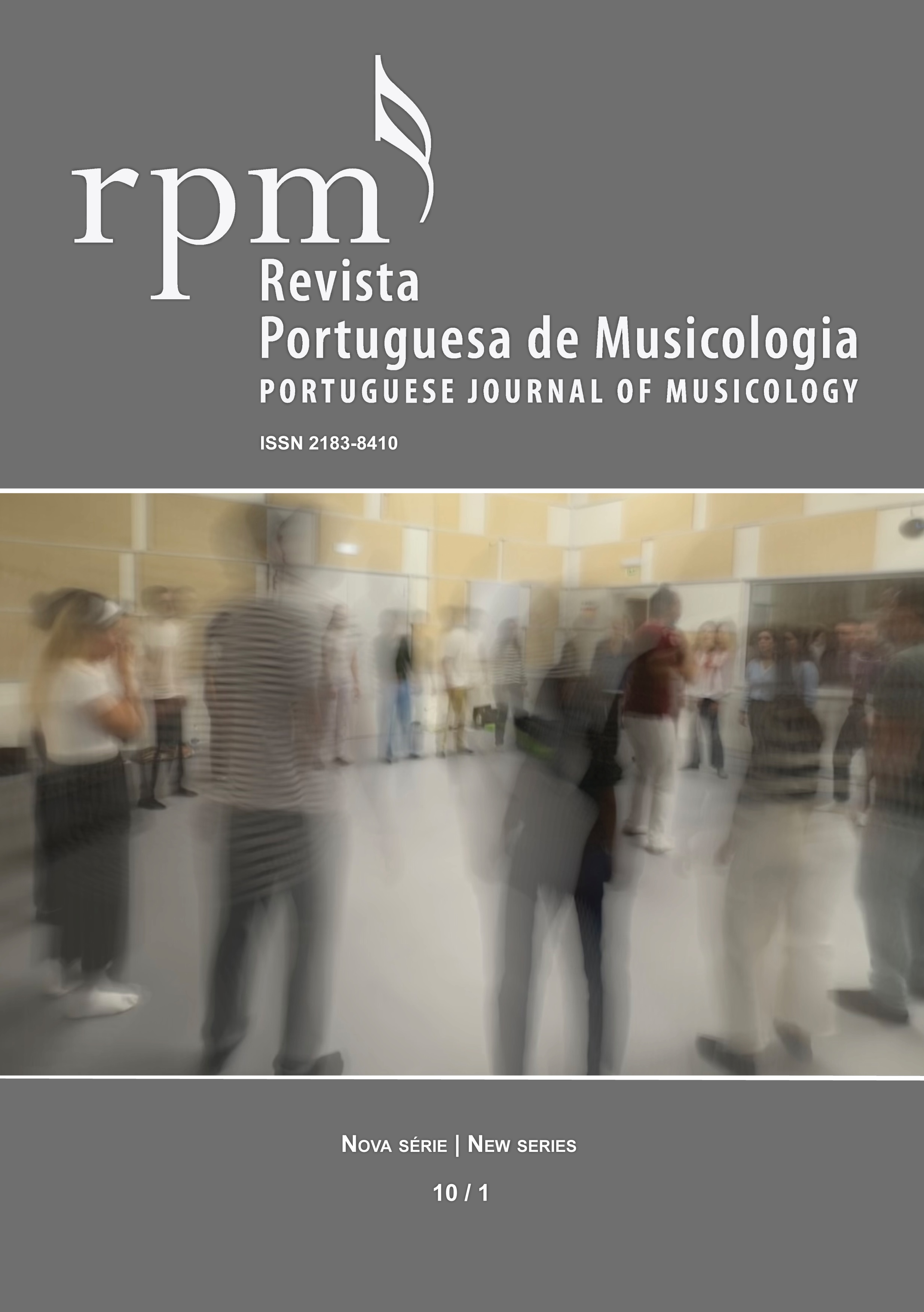Aplicabilidade da teoria de aprendizagem autorregulada no ensino de violino
Um estudo autorreflexivo
DOI:
https://doi.org/10.57885/0040.rpmns.10/1.2023Keywords:
Violin teaching, Self-regulated learning, Self-reflection, Observation grid of teaching practices, Didactic segmentsAbstract
Teaching and learning a musical instrument are challenging for teachers and students. Both need to assume proactive attitudes, effort, and persistence to achieve satisfactory results. The literature points out that most music students need to strengthen their planning, control, and self-reflection abilities; however, there needs to be more interest in exploring teaching strategies that can support greater autonomy. This study aims to perceive and analyze teaching instructions that promote student self-regulation. Founded on Barry Zimmerman’s cyclical model of self-regulated learning theory, the methodological approach comprehends the analysis of four video-recorded individual lessons taught by the author to two beginning-level violin students (ages 11 and 12). Selected in-class rehearsal frames were coded using MAXQDA software, version 20, and an observation grid that includes four categories: self-regulated learning, teaching verbalizations, teaching strategies, and students' in-class performance. The results (i) describe the possibilities of incorporating teaching strategies that can encourage greater awareness of self-regulatory skills during the lesson, (ii) propose a way to articulate theory and practice, and (iii) suggest an option to adjust the teaching approaches concerning individual student study.
Downloads
Published
How to Cite
Issue
Section
License
Copyright (c) 2025 Portuguese Journal of Musicology

This work is licensed under a Creative Commons Attribution-NonCommercial-NoDerivatives 4.0 International License.






